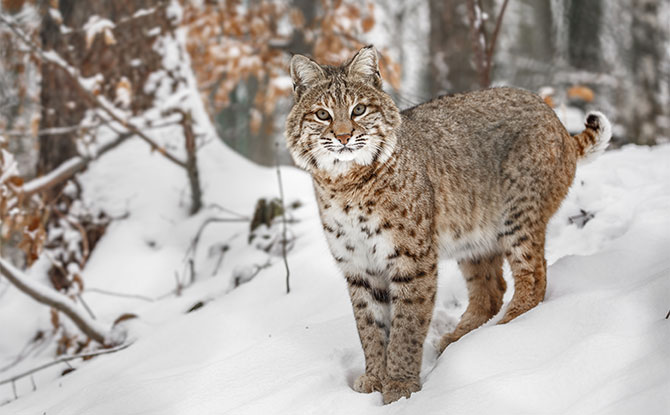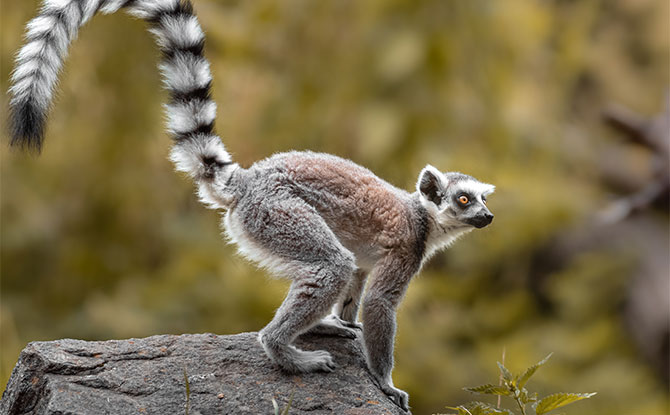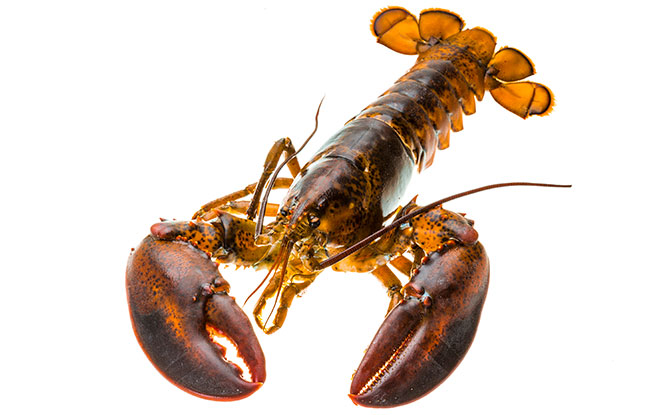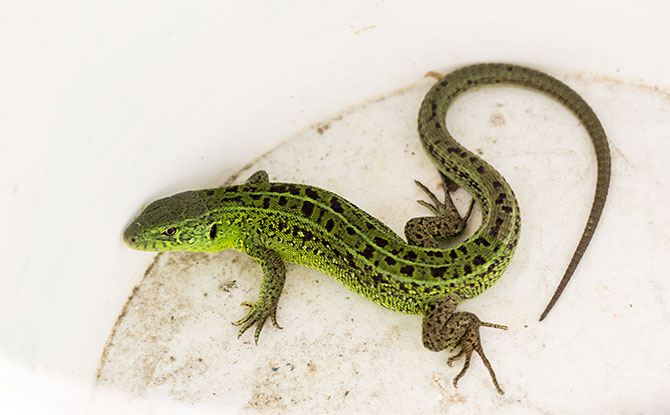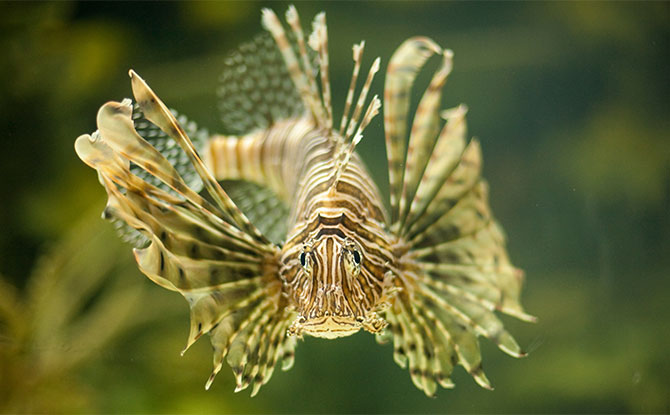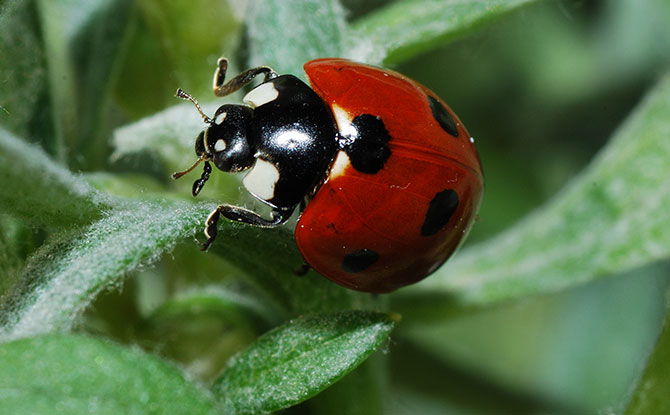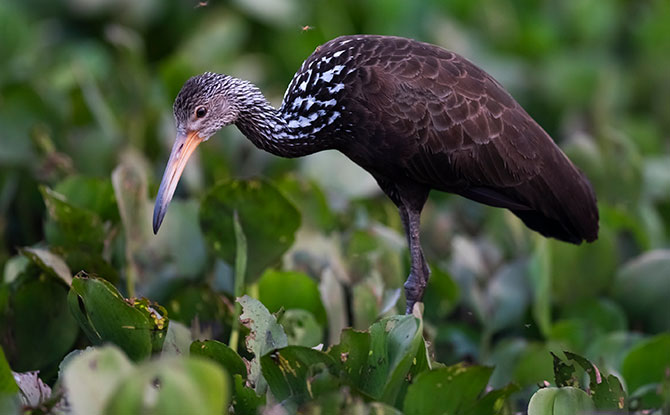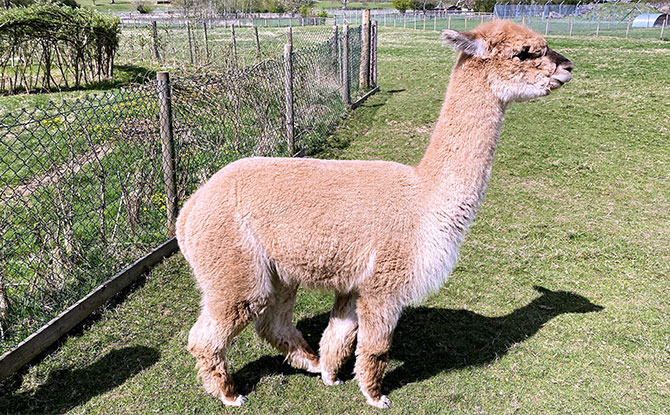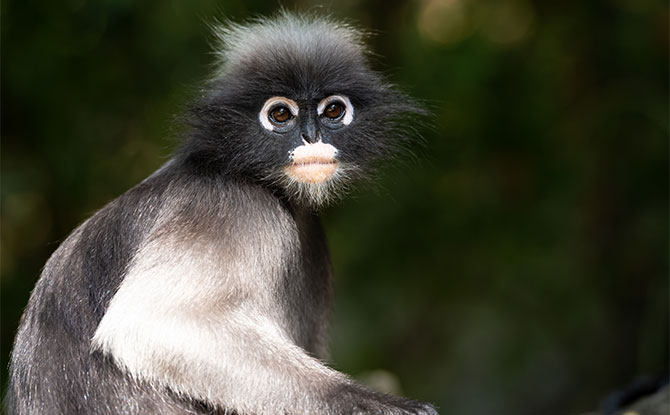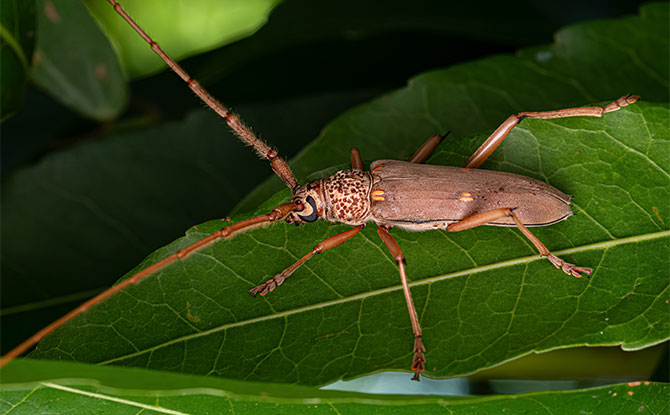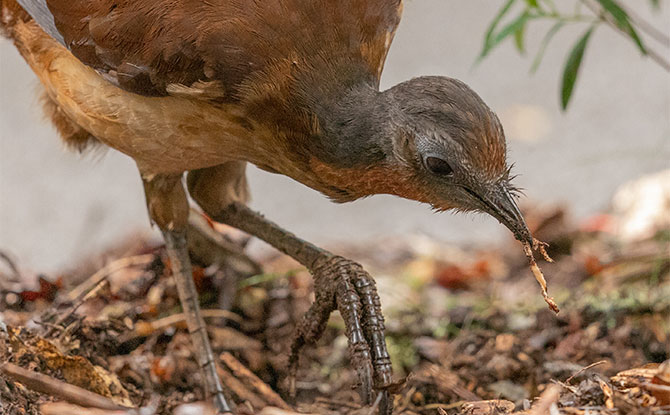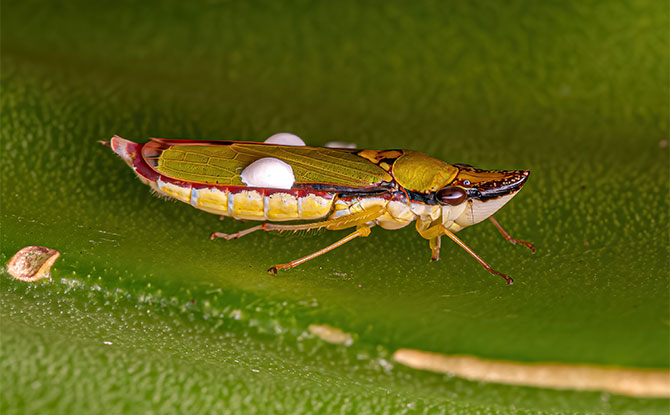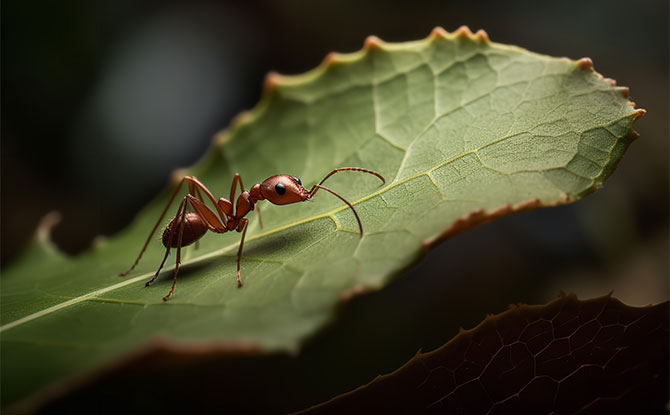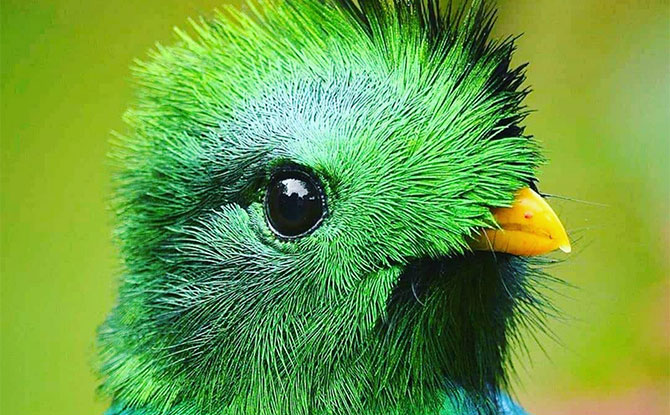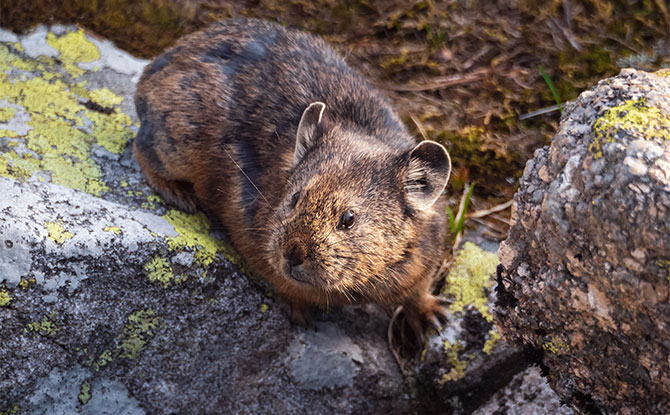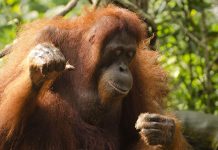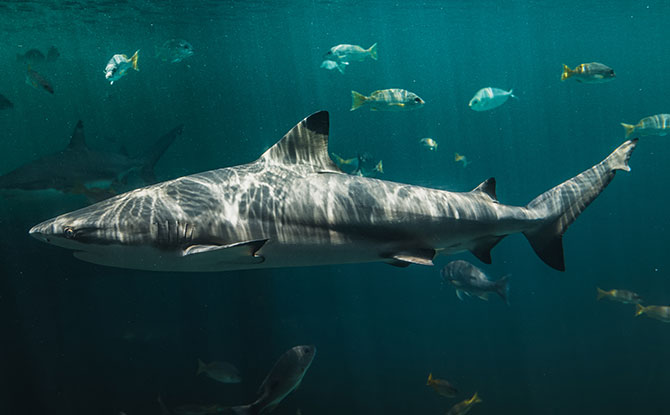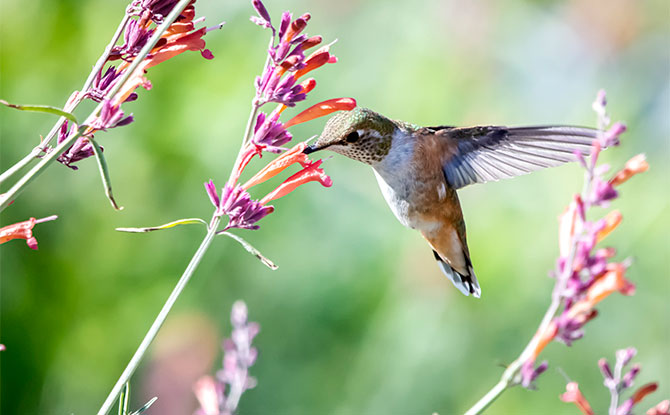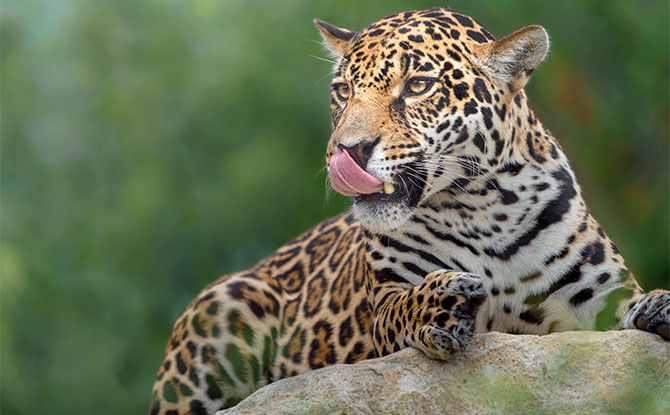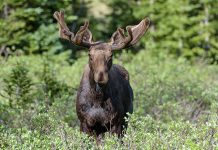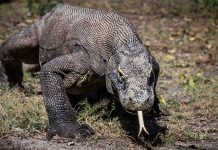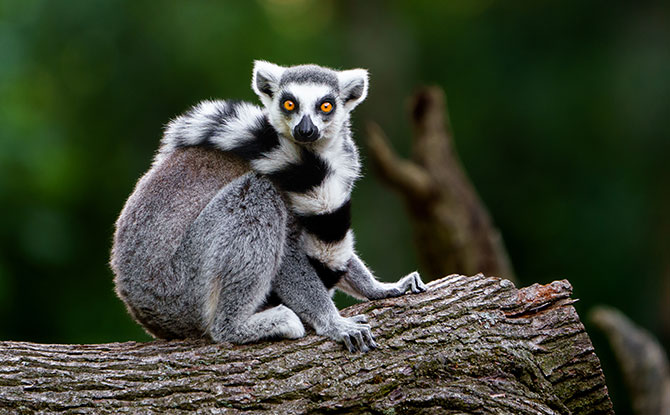
Discover the world of animals starting with L! In this fascinating exploration of the animal kingdom, we will introduce you to a diverse array of creatures whose names begin with the letter L. From majestic lions to camouflaged leopards, from adorable lemurs to agile lizards, and from captivating ladybirds to intriguing lungfish, we will take you on a virtual journey through different habitats and ecosystems.
Animals Starting with L
Whether you’re a nature enthusiast, a student, or simply curious about the wonders of the animal world, this article will provide you with interesting information about various animals starting with L. So, let’s dive in and discover the unique characteristics, behaviors, and habitats of these remarkable creatures. Get ready to be amazed!
Lion
The lion is a large carnivorous mammal that is known for its majestic appearance and powerful roar. Scientifically known as Panthera leo, lions are found in parts of Africa and Asia. They inhabit grassy plains, savannas, and open bushland.
Lions are social animals that live in groups called prides, which are usually led by a dominant male. They are active hunters and primarily feed on a wide variety of other animals. However, they can survive for long periods without food.
A fun fact about lions is that they are the only cats that live in groups. You can learn more interesting facts about lions.
Leopard
The leopard, scientifically known as Panthera pardus, is a large and agile big cat. It is found in various parts of the world, including Africa and Asia. Leopards have a broad habitat range and can thrive in diverse environments such as savannas, rainforests, and grasslands.
Leopards are solitary animals known for their incredible strength and stealthy hunting techniques. They are highly skilled and adapt at stalking and ambushing their prey. With their powerful build and sharp claws, they are capable of taking down animals larger than themselves.
Leopards primarily feed on other animals, including zebras, gazelles, antelopes, and deer. Their hunting strategy involves silently approaching their target and then launching a quick and precise attack. They can take down their prey with a swift bite to the neck, suffocating their victims and ensuring a successful hunt.
They face threats from deforestation, human encroachment, and the capture of leopards for the illegal wildlife trade. Conservation efforts are being made to protect their habitats and raise awareness about the importance of preserving these magnificent animals.
A fun fact about leopards is that their spots are unique to each individual, just like a human’s fingerprints. These spots provide camouflage and help them blend into their surroundings, making them highly effective predators.
Lynx
The lynx is a medium-sized wild cat with distinctive tufted ears and a short tail. There are several species of lynx, including the Eurasian lynx, the Canadian lynx, and the Iberian lynx. Lynx species can be found in various habitats, such as forests, mountains, and tundra.
They are skilled hunters that primarily prey on small to medium-sized mammals, including rabbits, squirrels, and birds. The conservation status of lynx species varies, with some being listed as endangered or critically endangered due to habitat loss and hunting.
An interesting fact about lynx is that they have excellent hearing and can detect the slightest movements of their prey.
Lemur
Lemurs are fascinating primates that are native to the island of Madagascar. With their unique appearance and behaviors, lemurs have captured the attention of researchers and wildlife enthusiasts alike. Classed as prosimians, lemurs have some distinct features that set them apart from other primates.
One of the most remarkable aspects of lemurs is their elongated limbs and long, bushy tails. These physical adaptations enable them to navigate their arboreal habitats with agility and grace. Lemurs also have a moist nose and opposable thumbs, which aid them in gripping branches and manipulating objects in their environment.
Lemurs can be found in various types of forests, ranging from dry deciduous forests to dense rainforests. They have adapted to different ecological niches on the island, occupying specific habitats that offer them ample resources. Their diet primarily consists of leaves, fruits, flowers, and insects, which they gather and consume to meet their nutritional needs.
Lobster
Lobsters are marine crustaceans that are highly valued as seafood. They are part of the family Nephropidae and include various species, such as the American lobster and the European lobster. Lobsters can be found in oceans worldwide, inhabiting rocky areas on the seafloor.
They are bottom-dwelling creatures that feed on a variety of food, including small fish, mollusks, and algae. Lobsters are commercially harvested and their populations are managed to ensure sustainability.
A fun fact about lobsters is that they have the ability to regenerate lost limbs, claws, and even antennae.
Lizard
Lizards are fascinating creatures that belong to a diverse group of reptiles. With over 6,000 species found worldwide, they come in various sizes, shapes, and colors.
Lizards have adapted to inhabit a wide range of habitats, from the arid deserts to the lush rainforests. As ectothermic animals, their body temperature is dependent on the temperature of their environment.
One of the remarkable features of lizards is their ability to regrow their tails if they happen to lose them. This regenerative ability helps them escape from predators and survive in their natural habitat.
Many lizard species have specialized feeding behaviors and adaptations. Some species have developed camouflage, allowing them to blend seamlessly with their surroundings for protection. Others have unique feeding mechanisms to capture prey, such as the chameleon’s long, sticky tongue.
A fun fact about lizards is that some species have the incredible ability to change their color. This remarkable adaptation helps them regulate their body temperature and camouflage themselves from predators or potential mates.
Lemming
Lemmings are small rodents that inhabit the Arctic regions of North America and Eurasia. There are several species of lemmings, including the brown lemming and the collared lemming. Lemmings have short legs and a stocky build, allowing them to navigate through their snowy habitats. They primarily feed on vegetation, such as grasses, sedges, and mosses.
An interesting fact about lemmings that you may not know about is that they are known for their periodic population explosions, where large numbers of lemmings migrate in search of new food sources.
Leopard Seal
The leopard seal is a large predatory seal that inhabits the waters surrounding Antarctica. It is the second largest seal species in the Antarctic region after the southern elephant seal. Leopard seals have a sleek body and distinctive spotted fur pattern, earning them their name.
They are highly skilled hunters and feed on a variety of prey, including fish, squid, and other seals. Leopard seals are not currently considered endangered, but they face threats such as climate change and habitat disturbance.
A fun fact about leopard seals is that they have a unique hunting technique where they launch themselves onto ice floes to catch resting penguins.
Labrador Retriever
The Labrador Retriever is a popular dog breed known for its friendly demeanor, intelligence, and versatility. Labradors are highly trainable, making them great working dogs in various roles. They have a strong athletic build and are well-suited for activities such as search and rescue, assistance work, and sports.
Labradors have a loyal and gentle nature, which also makes them excellent family pets. They are known for being good with children and other animals, making them a popular choice for families. Labradors have a dense coat that comes in three main colors: black, yellow, and chocolate. They originated from Newfoundland, Canada, where they were originally bred as working dogs for fishing and retrieving game.
Today, Labradors are one of the most popular dog breeds worldwide and bring joy and companionship to many households.
Lamprey
Lampreys are fascinating jawless fish that belong to the order Petromyzontiformes. These unique creatures have a round, eel-like body shape and a sucker-like mouth. Lampreys can be found in both freshwater and marine environments all around the world, with some species being migratory.
One of the most remarkable characteristics of lampreys is their feeding behavior. These fish are parasitic feeders, attaching themselves to the bodies of other fish using their sucker-like mouth. They then suck the blood and bodily fluids of their hosts.
In certain cultures, lampreys have been used as a food source and are considered a delicacy in some regions. Despite their peculiar feeding habits, lampreys have a long evolutionary history. Fossil evidence suggests that lampreys belong to one of the oldest vertebrate groups, dating back over 360 million years.
Limpet
Limpets are marine snails that belong to the class Gastropoda. They are characterized by their conical shell and strong muscular foot that allows them to adhere to rocks and other hard surfaces.
Limpets can be found in intertidal zones around the world, where they feed on algae and other microscopic organisms. They have a unique grazing behavior where they use their radula, a specialized feeding organ, to scrape algae off surfaces.
Limpets play an important ecological role in maintaining the balance of rocky shore ecosystems. A fun fact about limpets is that they have an impressive adhesive strength, allowing them to resist the forces of waves and tides.
Lionfish
Lionfish are venomous marine fish that belong to the family Scorpaenidae. They are native to the Indo-Pacific region but have become invasive species in the Caribbean Sea and the Gulf of Mexico due to aquarium trade releases.
Lionfish have distinctive decorative spines and bold red, white, and black stripes, making them prized for aquariums. They inhabit coral reefs and rocky areas, and are opportunistic predators that feed on a variety of prey, including small fish and crustaceans.
Did you know that lionfish’s spines contain venom that can inflict painful stings on humans and other animals.
Leopard Gecko
The leopard gecko is a small lizard native to the arid regions of Afghanistan, Iran, Pakistan, and India. It is one of the most popular pet lizard species due to its docile nature and striking appearance.
Leopard geckos have a unique pattern of spots and a fleshy tail that can be dropped and regrown as a defense mechanism. They are ground-dwelling lizards that prefer dry habitats with rocky or sandy substrate. In the wild, they feed on a variety of invertebrates, including insects and spiders.
A fun fact about leopard geckos is that they have a unique vocalization called a “bark” that they use to communicate with other geckos.
Ladybird
Ladybirds, also known as ladybugs, are small beetles belonging to the family Coccinellidae. They are highly recognizable insects with bright colors and distinctive patterns of spots or stripes on their wing covers.
Ladybirds are widespread and can be found on every continent except Antarctica. They inhabit various habitats, including forests, meadows, gardens, and agricultural fields.
Ladybirds are beneficial insects as they feed on pests such as aphids, scale insects, and mealybugs, helping to control their populations.
There are over 5,000 species of ladybirds worldwide, with some species exhibiting different colors and patterns depending on their geographic location.
A fun fact about ladybirds is that they are believed to be a symbol of good luck in many cultures and are often associated with protection and prosperity.
Limpkin
The limpkin is a bird species that is native to wetlands in the Americas. Scientifically known as Aramus guarauna, the limpkin has a distinctive appearance with its long legs and curved beak. It primarily inhabits freshwater marshes, swamps, and wetlands, where it feeds on a diet of snails, insects, and small aquatic animals.
A fun fact about limpkins is that their unique call is often described as a loud and haunting scream, earning them the nickname “crying bird.”
Leopard Cat
The leopard cat, scientifically known as Prionailurus bengalensis, is a small wild cat species found in Southeast Asia. It inhabits a wide range of habitats, including tropical rainforests, scrublands, and grasslands. With its distinctive spotted coat and relatively small size compared to other wild cat species, the leopard cat is a fascinating and agile predator.
The diet of the leopard cat consists of a variety of prey, including rodents, birds, reptiles, and insects. Its hunting prowess and adaptability to different ecosystems make it a versatile predator.
While the leopard cat is not currently considered endangered, its populations face threats from habitat loss and fragmentation. The destruction of its natural habitat poses challenges for this species, highlighting the importance of conservation efforts to protect its future survival.
A fun fact about leopard cats is that they have been domesticated in some regions and are kept as pets known as “Bengal cats” or “leopard cat hybrids.” Their distinctive appearance and playful nature make them popular companions for cat lovers around the world.
Lungfish
Lungfish are a group of ancient fish species that belong to the order Dipnoi. They are known for their ability to breathe air using a specialized lung-like organ.
Lungfish are primarily found in Africa, South America, and Australia, inhabiting freshwater habitats such as rivers, lakes, and swamps. They have adapted to survive in harsh environments with low oxygen levels and even can survive in dry conditions by burrowing into the mud and entering a state of aestivation.
Lungfish are omnivorous, feeding on a variety of food including insects, crustaceans, plants, and small fish. While some species of lungfish are listed as vulnerable or near threatened, others are not currently considered endangered.
A fun fact about lungfish is that they are one of the few groups of fish that are capable of making lung-like structures, allowing them to survive in oxygen-depleted water.
Leopard Frog
The leopard frog is a species of frog that is native to North America. There are several species of leopard frogs, including the northern leopard frog and the southern leopard frog. Leopard frogs are characterized by their green or brown coloration with dark spots or blotches on their backs. They inhabit a variety of habitats, including ponds, marshes, and wetlands.
Leopard frogs are carnivorous and feed on insects, small invertebrates, and occasionally small vertebrates. The conservation status of leopard frogs varies among species, with some being of conservation concern due to habitat loss and water pollution. Leopard frogs are named for their distinctive “leopard” spots serve as camouflage, helping them blend into their surroundings and avoid predators.
Llama
The llama is a domesticated South American camelid that is primarily found in the Andean region of South America. Scientifically known as Lama glama, llamas are known for their distinctive appearance with long necks, slender legs, and soft, woolly coats. They inhabit high-altitude environments such as mountains, plateaus, and grasslands.
Llamas are herbivores and feed on a diet of grasses and other vegetation. They have been domesticated for thousands of years and are used for various purposes, including transportation, wool production, and as pack animals. Llamas are not currently considered endangered, and their populations are stable.
A fun fact about llamas is that they are social animals that live in herds and communicate through a variety of vocalizations, body postures, and behaviors.
Loggerhead Sea Turtle
The loggerhead sea turtle, scientifically known as Caretta caretta, is a large marine turtle that inhabits oceanic waters around the world. These magnificent creatures can be found in a variety of habitats, including coral reefs, sandy beaches, and open ocean environments.
Loggerhead sea turtles are easily recognized by their distinctive reddish-brown shells and strong jaw muscles. They have the ability to feed on hard-shelled prey such as crabs and mollusks, thanks to their powerful jaws.
Unfortunately, loggerhead sea turtles are currently listed as vulnerable by the IUCN Red List. They face numerous threats, including habitat loss, pollution, and unintentional capture in fishing gear.
One of the most fascinating aspects of loggerhead sea turtles is their incredible migratory behavior. Some individuals are known to travel thousands of miles between their nesting beaches and foraging grounds, highlighting their remarkable navigation abilities.
Langur
Langurs are a group of primates that belong to the family Cercopithecidae. They are found in various parts of Asia, including India, Nepal, and China. Langurs have long tails, slender bodies, and distinctive faces with prominent cheek pouches. They inhabit a range of habitats, including forests, mountains, and grasslands.
Langurs are herbivorous and feed on a diet primarily consisting of leaves, fruits, and flowers. Some species of langurs are listed as endangered or critically endangered due to habitat loss and poaching.
Langurs live in social groups known as troops, which can consist of dozens of individuals and are led by a dominant male.
Loris
Lorises are small nocturnal primates that belong to the family Lorisidae. They are found in parts of Africa and Asia, including India, Sri Lanka, and Southeast Asia. Lorises have a slow and deliberate movement pattern, with a specialized grasping hand and feet. They inhabit a variety of habitats, including forests, woodlands, and bamboo thickets.
Lorises are omnivorous, feeding on a combination of insects, tree gums, nectar, and small vertebrates. Some species of lorises are listed as vulnerable or endangered due to habitat loss and illegal pet trade.
A little known fact about lorises is that they have a toxic bite, with glands in their elbows secreting a venomous fluid that they can deliver through their mouth.
Longhorn Beetle
Longhorn beetles are a diverse group of beetles that belong to the family Cerambycidae. They are known for their long antennae, which can be as long as or even longer than their bodies. These fascinating beetles inhabit a variety of habitats, including forests, woodlands, and gardens. They play an essential role in the ecosystem as they feed on a range of food sources, including plant stems, leaves, and flowers.
Although longhorn beetles, as a group, are not considered endangered, certain species may face threats due to habitat loss and the introduction of invasive species. It is crucial to protect their habitats and ensure the preservation of native plant species that they rely on for food and shelter.
A fun fact about longhorn beetles is that they are excellent fliers and can be frequently observed in flight during the warmer months of the year. Their distinctive long antennae serve multiple purposes, including mate recognition and the detection of pheromones. Next time you spot a longhorn beetle, take a moment to appreciate its unique beauty and the important role it plays in our natural world.
Lyrebird
Lyrebirds are ground-dwelling birds that are native to Australia. They are known for their elaborate vocalizations and ability to mimic a wide range of sounds, including other bird calls, human speech, and even mechanical noises.
Lyrebirds have a distinct appearance with long tails bearing lyriform (lyre-shaped) feathers. They inhabit various habitats, including rainforests, scrublands, and eucalyptus forests.
Lyrebirds are omnivorous and feed on a variety of food, including insects, fruits, and seeds. A fun fact about lyrebirds is that they are known for their impressive courtship displays, where males create complex songs and dance-like movements to attract females.
Land Crab
Land crabs are a fascinating group of crabs that have adapted to live on land, away from the ocean. They can be found in various parts of the world, particularly in tropical and subtropical regions.
What sets land crabs apart from their aquatic counterparts is their unique ability to breathe air and survive on land. They have adapted modified gills that allow them to extract oxygen from the surrounding air, as well as specialized chambers that store water for survival in their terrestrial habitats.
Land crabs have a diverse range of habitats, including forests, coastal areas, and burrows. They are omnivorous creatures, feeding on a variety of food sources such as plants, fruits, insects, and small animals. This adaptive diet enables them to thrive in different environments and take advantage of available resources.
One of the most fascinating aspects of land crabs is their behavior during reproduction. Many land crab species undertake mass migrations to the ocean, where they release their eggs. This synchronized movement involves thousands or even millions of crabs moving in a coordinated fashion, creating a remarkable spectacle of nature.
Their ability to live on land and overcome the challenges of a terrestrial life is truly impressive.
Leafhopper
Leafhoppers are small insects that belong to the family Cicadellidae. They are known for their ability to hop and jump long distances, aided by their powerful hind legs. Leafhoppers can be found in various habitats, including grasslands, forests, and agricultural fields. They have a wide range of diets, with some species feeding on plant sap, while others are predatory and feed on insects. Leafhoppers play important roles in ecosystem functioning, as some species are pollinators and others are natural pest controllers.
A fun fact about leafhoppers is that they are known for their ability to produce sounds by vibrating their wings, which can serve as a form of communication.
Leafcutter Ant
Leafcutter ants are fascinating creatures that belong to the genus Atta and a few related genera. They are known for their unique feeding behavior, where they cut leaves and other vegetation and carry them back to their nests. These ants have highly organized societies, with different castes performing specific tasks.
One of the most interesting aspects of leafcutter ants is their cultivation of a special fungus. They use the plant matter they collect to grow this fungus, which they then feed on. The fungus serves as the ants’ primary food source and is carefully tended to by the workers in the colony.
Leafcutter ants can be found in tropical and subtropical regions of the Americas, including South America, Central America, and the southern United States. They are considered to be important ecosystem engineers, as their foraging behavior can have significant effects on plant communities.
It’s remarkable to witness the strength and coordination of leafcutter ants. Despite their small size, they are capable of cutting and carrying leaf fragments that are many times their own body size. Their ability to work together and accomplish such complex tasks is truly awe-inspiring.
We hope that you’d found this list of animals that start with L fascinating and educational. We think that you will also enjoy this other list of animals that start with K.







